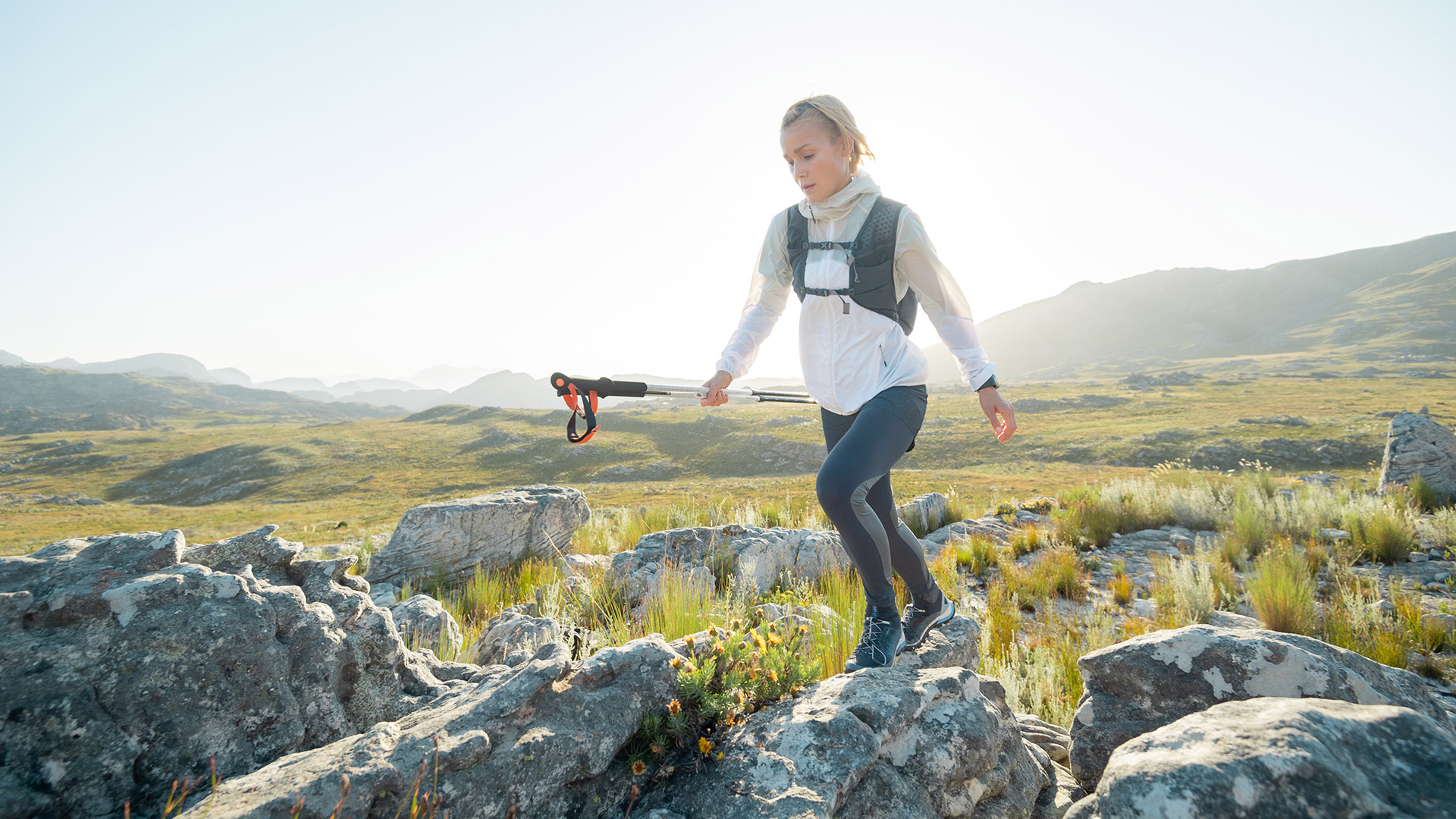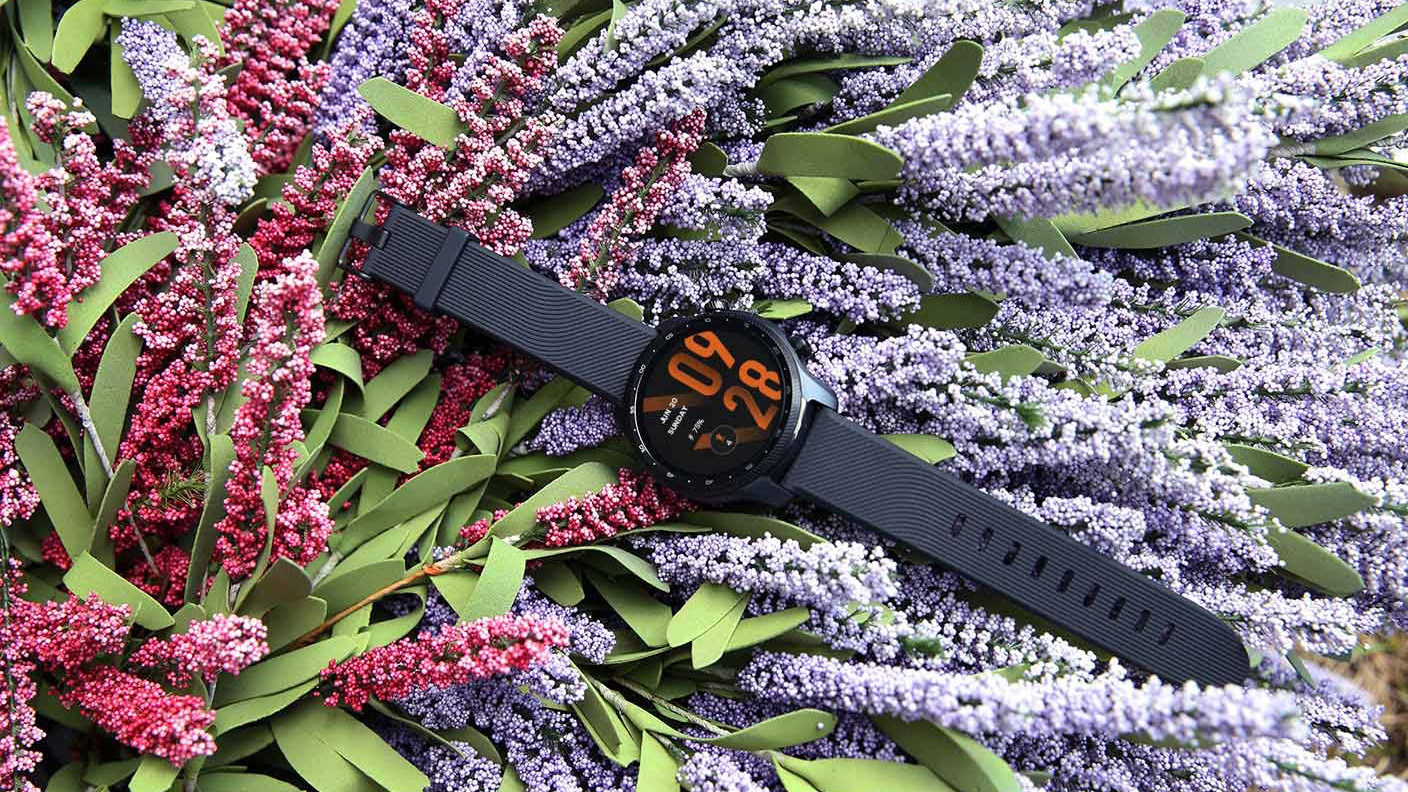How to stay safe if you're hiking alone
Hiking on your own? These top tips will help you to keep you safe out on the trails

Hiking alone can be a fun way to enjoy nature and get some space from the bustle of normal life. It’s great exercise, burning between 300-600 calories per hour depending on your weight, terrain and what you’re carrying. Not to mention, it’s a great way to switch off and prioritise your mental health.
While hiking alone is great for many reasons, there are some considerations to bear in mind. A pleasant day on the mountain can quickly turn into a nightmare if you aren’t prepared for possible issues you might encounter, whether that’s the UK’s maritime climate making for changeable conditions, or getting lost en route. Depending on where in the world you’re hiking, you may have more to consider too, from dangerous wildlife to blizzards or flash floods.
Before you even set off on your solo adventure, make sure you’re kitted out with the best hiking boots to avoid any slips or trips, as well as the best hiking backpack for all your day hike essentials. Read on for some top tips on how to stay safe on a solo hike.
#1. Check the weather
Always look at the weather forecast when planning a trip. Thunder storms, heavy rain, snow, and flash flooding can be fatal if you are not prepared. If it’s been particularly dry, be aware of hiking in areas prone to wildfires, as these spread rapidly. Another thing to bear in mind is that even if the weather is pleasant on the day you plan to hike, poor weather in the days prior to your trip can dramatically change the landscape. Rivers may be running higher and faster, parts of the trail may have been washed away or made unsafe and trees or rocks could have been destabilised, making them a falling risk. Packing a waterproof jacket, even on a warm day, is a sensible idea, because the weather can change quickly at high altitudes.
Omar Villafuerte, a qualified mountaineer, notes that snow travel requires more extensive planning too. “Landmarks might not be an option to make notes of, as snowpacks go through changes throughout the season and even day by day,” he says. “The right gear can help you tackle any snow hike.”
#2. Don't wear headphones
While it may be nice to listen to some music or your favourite podcast while you’re out hiking, you’re putting yourself at risk by impairing one of your senses. Hearing is a major part of our ability to detect threats – you may be able to hear a wild animal long before you can see it, or get advanced warning of something falling from above that you might not be able to see. It also means you can better detect the presence of other people, who might be able to warn you of a danger you can’t see.
Remember that not everybody you encounter will be friendly and they might want to cause you harm as a lone hiker. Never tell anyone you don’t know where you’ll be camping for the night and be careful sharing personal information.
Get all the latest news, reviews, deals and buying guides on gorgeous tech, home and active products from the T3 experts
#3. Plan your route
If you plan your route before heading off you are less likely to get lost. Sharing your route and informing someone of where you should be at different times during your hike will also make you easier to track down if you get lost or veer off route. An itinerary is hugely helpful for mountain rescue teams, as it narrows down their initial search area.
Villafuerte recommends learning to read a map so you can anticipate the difficulty of a hike. “The contour lines allow you to read the steepness of an area so you can plan effectively,” he says. “Anticipate problems before you step out – glaciers and snowfields are featureless so you should consider carrying route marking wands and create an escape route if bad weather or visibility arise. Always think about the return.”
Our guide to the best water bottle for hiking will also keep you hydrated on the trails.

#4. Carry a personal tracker/GPS
A bonus safety feature on top of a well planned route is to carry a personal tracker or satellite phone. Technology that keeps track of your location can make it easier to find you if you go missing or get injured and can reduce the time it takes for emergency services to find you.
Villafuerte also advises investing in a PLB radio beacon. “PLBs have a dedicated search and rescue system and these allow you to send your location to emergency responders,” he says. “PLBs have stronger signals than satellite communicators, which send out locations to emergency responders via private companies. There is one way or two way communication with these and some models double as GPS navigation devices.
Most of today's best outdoor watches have some kinds of GPS function, but better still might be to invest in one of the best hiking GPS systems, which are specialised for the job, and often offer much longer battery life and features like emergency contact / location trackers.
#5. Be aware of wildlife
We share the trail with others, and it’s important to remember that some of them may not be human. Depending on where in the world you’re hiking, you may encounter wildlife such as wolves, bears, big cats, deer or wild pigs. Some seasons are safer than others for hiking alone, but when a species is breeding or has young, you must be extremely careful to avoid them. Most animals will smell or see you long before you’re aware of them, and hopefully avoid you. Occasionally, you can catch them by surprise and this can lead to aggressive behaviour from defensive creatures.
If you’re hiking alone in an area with bears, such as the US or Canada, make lots of noise and the bears will generally give you a wide berth. They hate being startled and often attack if they are, so making noise ensures they know you are there. If you do encounter one, keeping a can of bear spray in your hiking kit might be a life saver. If a bear approaches you, do not run – you are encouraging it to chase you.
Animal attacks are rare, but they may defend a food source like an animal carcass. If you smell an animal carcass, avoid the kill site. Any animal with young is likely to feel threatened by you too, so try your best to avoid them and never get between them and their offspring.

Lou Mudge is a Health Writer for Future Plc, working across Coach, Fit&Well, Live Science, TechRadar, T3 and Tom's Guide. Based in Bath, UK, she has a passion for food, nutrition and health. She's eager to demystify diet culture in order to make health and fitness accessible to everybody, and is a champion of sustainable training and eating practices. Multiple diagnoses in her early 20s sparked an interest in the gut-brain axis, and the impact that diet and exercise can have on both physical and mental health. She was put on the FODMAP elimination diet during this time and learned to adapt recipes to fit these parameters, while retaining core flavours and textures, and now enjoys cooking for gut health.
